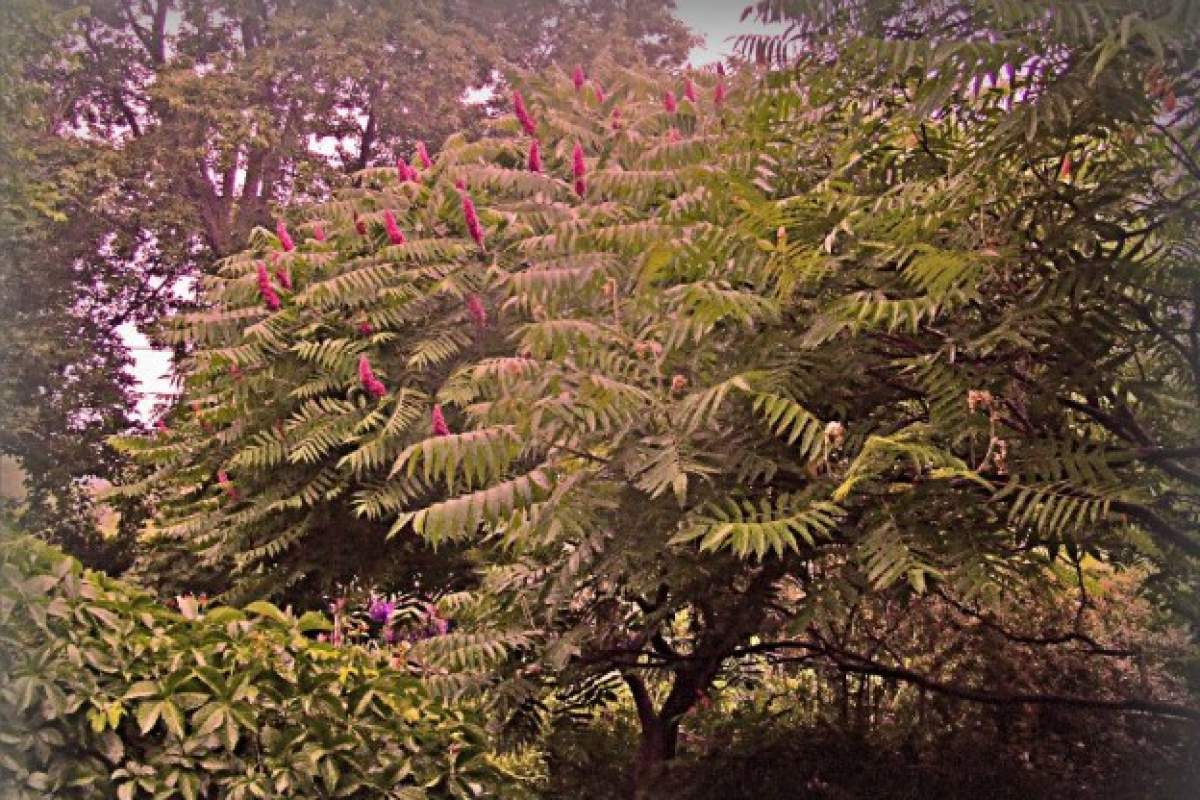
Our native sumacs have vibrant foliage color in autumn, and yet they are often overlooked as shrubs for residential gardens.
These members of the Rhus genus also have handsome, green compound leaves in spring and summer and deep red fruit in winter. The flowers are greenish yellow or pink panicles that attract many insects, to the delight of birds. Birds love the winter fruit as well, because they are available to sustain them right through the season. In fact, as many as fifty species of birds enjoy the fruit of sumacs, and rabbits and chipmunks relish them too.
Sumacs grow in zones 2 through 10 and adapt to a variety of sites. Only the female plants have fruit, and the height and spread of both male and female plants depends on the species. For example, Rhus aromata grows 2 to 5 feet tall and tolerates shade. It has smaller yellow flowers than other species and is less aggressive about spreading. An especially good hybrid is 'Red Autumn Lace.'
It is best to choose those varieties that do not spread aggressively for residential gardens, and to avoid those with white fruit. Careful research is needed before planting, as some members of this genus are toxic. Remember that poison ivy is part of the Rhus genus, but even though this is the case, many sumacs are very well behaved and valuable additions to home gardens.









